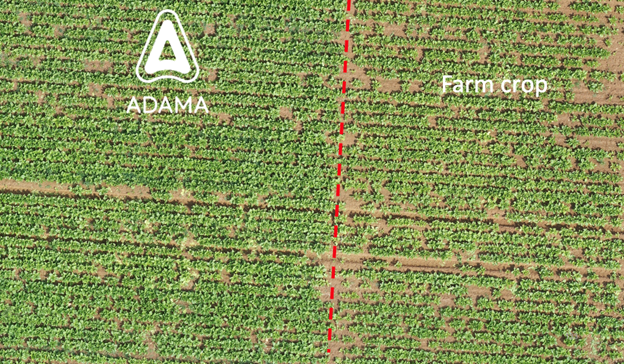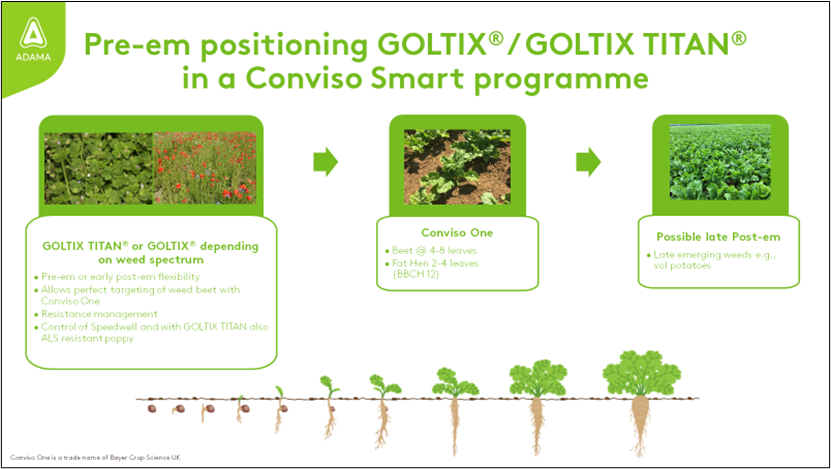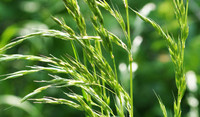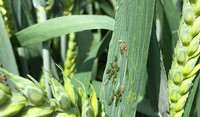
Fighting back against ALS resistance in sugar beet

Metamitron to the rescue
Two of ADAMA’s beet-specific herbicides, GOLTIX TITAN® (metamitron 525 g/L + quinmerac 40 g/L SC) and GOLTIX 70SC (metamitron 700g/L SC), are ideal for inclusion in ALS stewardship programmes as they both offer good control of the target weeds mentioned above and have an excellent record in terms of crop safety. They also benefit from being able to be applied at their maximum individual dose rates from the pre-emergence timing (including at the peri-emergence stage).
Targeting common poppy
GOLTIX TITAN® is the best option for the control of ALS resistant poppies thanks to its additional active ingredient, quinmerac.
Two suggested programmes for the control of ALS resistant poppy are as follows:
Option A
- Pre-emergence application of GOLTIX TITAN® (2L/ha)
…followed by…
- Post-emergence (T1) application of GOLTIX TITAN® (1.3 L/ha) plus any additional actives required e.g. a low dose of POWERTWIN® (200g/l phenmedipham & 200g/l ethofumesate) plus an oil adjuvant
Option B
- Very early post-emergence application of GOLTIX TITAN® (1.5 L/ha)
…followed by…
- Post-emergence (T2) application of GOLTIX TITAN® (1.5 L/ha) plus any additional active ingredients required e.g. a low dose of POWERTWIN® (200g/l phenmedipham & 200g/l ethofumesate) plus an oil adjuvant
Mayweed control
Both GOLTIX 70SC® and GOLTIX TITAN® provide good control of mayweed species, with the efficacy of typical programmes ranging from 80 to 100%. However, a single application will not suffice in weed populations with ALS insensitivity. Therefore, to ensure effective control, applications should be continued until weed emergence is complete.
Challenging chickweed
A pre-emergence application of GOLTIX® 70SC will provide a good start to chickweed control. However, GOLTIX TITAN® will provide even better efficacy (approximately +5% better control compared to GOLTIX® 70SC): this is due to the quinmerac in GOLTIX TITAN® which will primarily be absorbed via the weed’s root system, but can also be absorbed via foliar contact. As such, GOTIX TITAN® will also work well as a post-emergence treatment.
For the best results, post-em applications should be made as early as possible (when the weeds are from cotyledon to the two-leaf stage) and when there is adequate soil moisture to support rapid root uptake.

The inclusion of GOLTIX® 70SC and GOLTIX TITAN® (left) produced an increased biomass and greener foliage.
UK trial UK23HEBEAVA900A. BBCH 12-14 in late May to the end of June.
Key pointers for effective weed control in sugar beet
- Use alternative modes of action to target ALS resistant weeds including:
- GOLTIX® 70SC (metamitron 700g/L SC)
- GOLTIX TITAN® (metamitron 525 g/L + quinmerac 40 g/L SC)
- POWERTWIN® (200g/l phenmedipham & 200g/l ethofumesate SC)
- The addition of alternative modes of action is essential in a Conviso Smart programme.
- The best results will be achieved when pre-emergence AND post-emergence treatments are applied.
- T1 and T2 are the key timings for the control of the majority of weeds but be prepared to wait until T3 if the weather is not conducive to weed growth earlier in the crop’s development.
- An oil adjuvant must be used to improve the efficacy of SC herbicides.

Notes: Resistance to ALS sulfonylurea herbicides in chickweed, poppy and scentless mayweed was first identified in the UK in 2000, 2001 and 2002, respectively. Data from a resistance summary by Stephen Moss for Weed research action group (WRAG) 2016.


